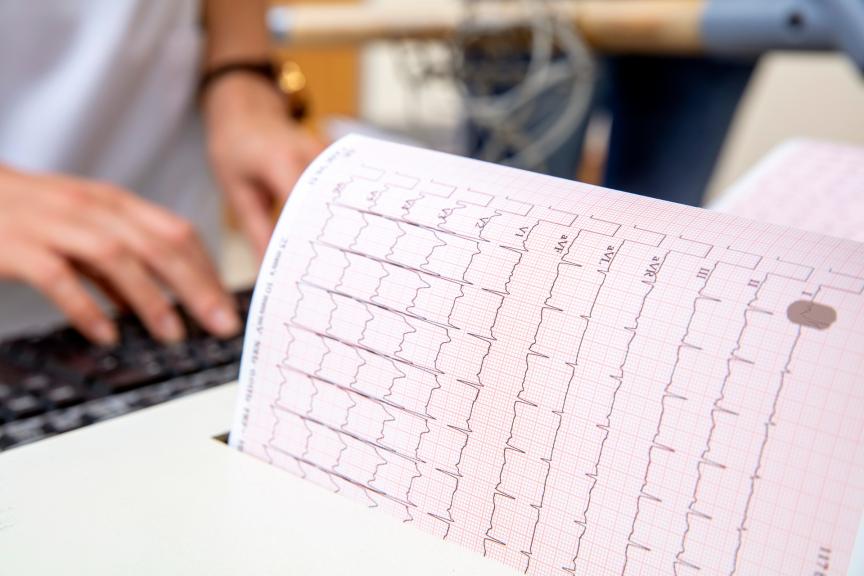Wat is tachycardie
Sporten, gestrest zijn of onverwachts een geliefde tegenkomen – er zijn veel situaties in ons leven die ons hart sneller doen kloppen dan normaal. In situaties als deze is een snelle hartslag niet van belang.
Als u voortdurend een snelle hartslag van meer dan 100 slagen per minuut ervaart, heeft u mogelijk een aandoening die tachycardie wordt genoemd.




